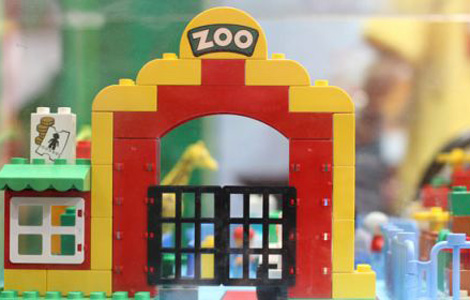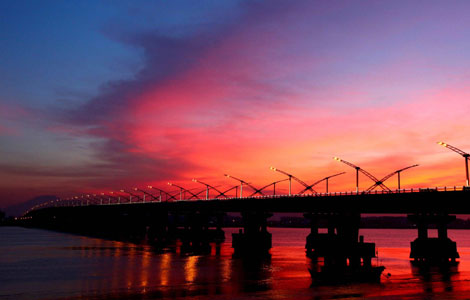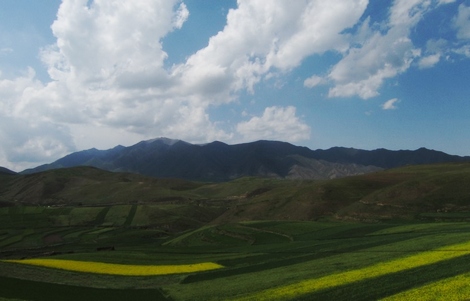Ahoy, Hanoi!
Updated: 2013-07-28 12:28
By Hilton Yip (China Daily)
|
||||||||
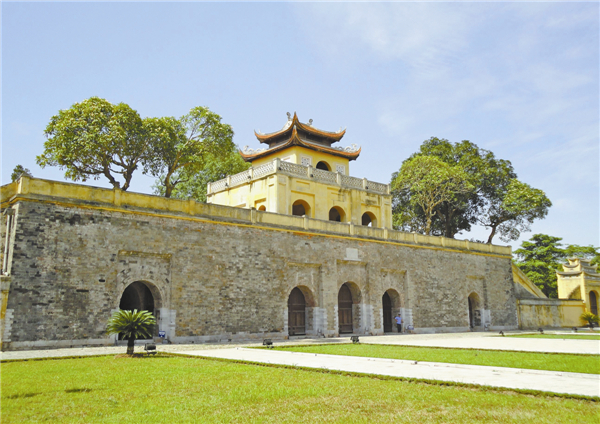 |
|
The South Gate of the Imperial Citadel is the former palace of Vietnam’s emperors. It’s a UNESCO World Heritage Site. |
The Turtle Tower stands on an islet in the lake's center, while the Jade Mountain Temple on the east shore can be visited in the daytime.
The lake bears one of Vietnam's most famous legends - that of a turtle emerging from the lake to take the sword of the Emperor Le Loi who was on a boat.
Hence the name Hoan Kiem, which means "return of the sword". The emperor reasoned the turtle was reclaiming the sword - reminiscent of King Arthur's Excalibur - which was said to have special powers and origins.
The French legacy is clearly evident in European-style buildings, painted in distinctive yellow ochre colors and used as government buildings, stores or tourism.
Many of these building are in the French Quarter, southeast of Hoan Kiem Lake. Hanoi's Opera House is a fine example, as are the nearby National Museum of Vietnamese History and the Revolutionary Museum.
A little further to the west of the Old Quarter are the Military History Museum and the Ho Chi Minh mausoleum. Here, Ho Chi Minh, or "Uncle Ho" as he is respectfully called by locals, can be seen in person.
The mausoleum is located at Bo Dinh Square, where Ho declared Vietnam's independence from France in 1945. Nearby are the Presidential Palace, the Ho Chi Minh Museum, the Ho Chi Minh stilt house (where Ho lived, rather than reside in the palace) and the One-Pillar Pagoda - a small temple built atop a pillar in the middle of a pond.
"Ho Chi Minh was our leader in two wars (against France and the US), and you can go there to understand why he is much loved and respected. It's not just a touristy place but a place that many Vietnamese visit," Trang says.

 'Despicable' minions upset Depp's 'Lone Ranger' at box office
'Despicable' minions upset Depp's 'Lone Ranger' at box office
 'Taken 2' grabs movie box office crown
'Taken 2' grabs movie box office crown
 Rihanna's 'Diamonds' tops UK pop chart
Rihanna's 'Diamonds' tops UK pop chart
 Fans get look at vintage Rolling Stones
Fans get look at vintage Rolling Stones
 Celebrities attend Power of Women event
Celebrities attend Power of Women event
 Ang Lee breaks 'every rule' to make unlikely new Life of Pi film
Ang Lee breaks 'every rule' to make unlikely new Life of Pi film
 Rihanna almost thrown out of nightclub
Rihanna almost thrown out of nightclub
 'Dark Knight' wins weekend box office
'Dark Knight' wins weekend box office
Most Viewed
Editor's Picks

|
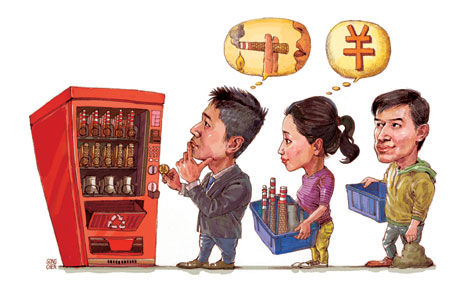
|

|

|
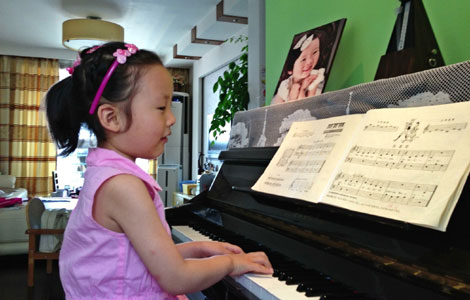
|

|
Today's Top News
Families of crash victims to sue Asiana in the US
China, US will discuss human rights
Former US president plans to visit DPRK
China struggles to retain talents
Apple in labor rights inquiry
SOEs overseas profits to soar
Detroit: Gold mine for China
Major SOEs eye profits from abroad
US Weekly

|

|
